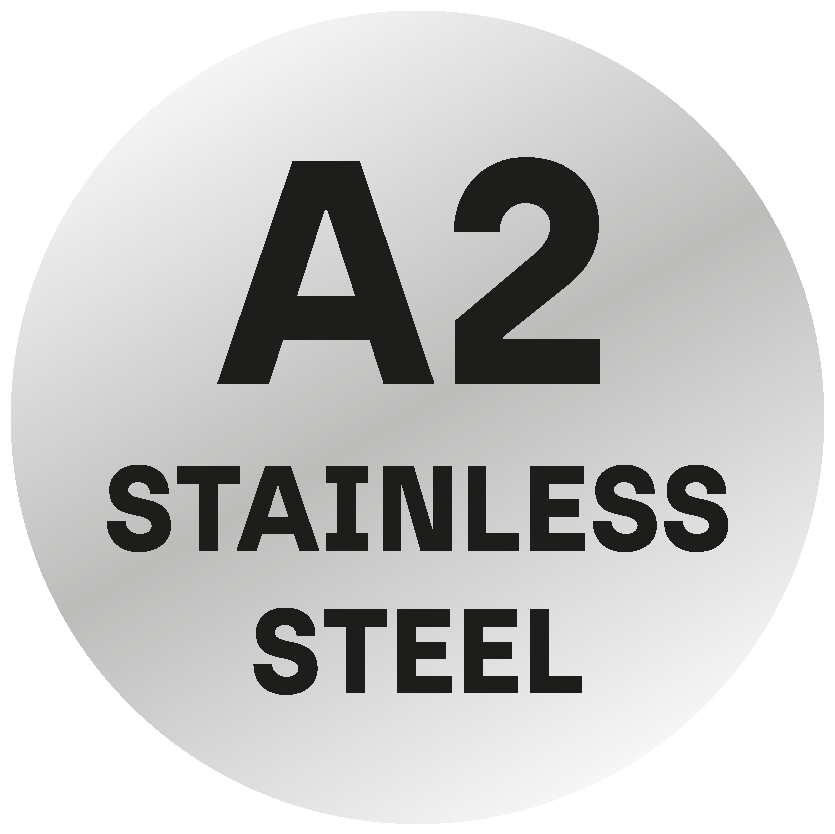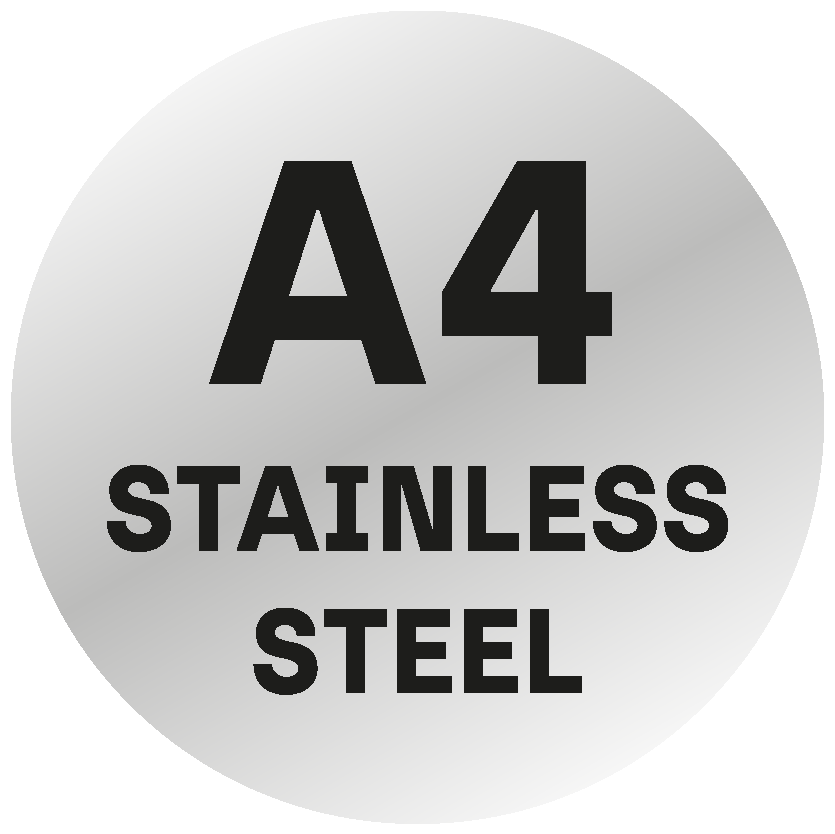Customer Service

Do you need help?
Choose a location
to view contact options
-
 CELO Chile
CELO Chile
-
 CELO Croatia
CELO Croatia
-
 CELO France
CELO France
-
 CELO Germany
CELO Germany
-
 CELO Hungary
CELO Hungary
-
 CELO Latvia
CELO Latvia
-
 CELO Morocco
CELO Morocco
-
 CELO Poland
CELO Poland
-
 CELO Romania
CELO Romania
-
 CELO Slovakia
CELO Slovakia
-
 CELO Spain
CELO Spain
-
 CELO Sweden
CELO Sweden
-
 CELO UAE
CELO UAE
-
 CELO USA
CELO USA
FAQs

Below you will find some of the most common questions that we get asked by our customers. If you cannot find the answer to your query, then please get in touch with us and we will be more than happy to help you.
Customer Service Questions
If you are located in Spain, Germany, Hungary, Slovakia, or Poland you can use our "distributor finder" and find the closest retailer selling CELO products.
In addition, if you are located in Spain or Germany, you'll be able to use the "Shopping" icon on the product page to find both online and offline distributors. Just head to the Spanish or German website and look for the below symbol to find them.
![]()
If you are an international customer then you can contact our team here.
Online you can currently order samples for our Universal Spreading Nail USN.
For all other products please contact us and we will evaluate your request.
You can download our catalogue and any of our leaflets on our catalogue page. If you would like a printed catalogue, you can order one from the same page, just look for the shopping basket icon instead (It is free to receive).
We have a specialised team that are happy to provide technical support at any time. If you have any questions from understanding values and loads to installation guidance, do not hesitate to get in contact with us.
You can also download our screw and anchor calculation software to help with the design and installation process of your project.
CELO has TAS or Technical Assistance Services in several locations to provide a fast and local repair service for our customers.
Currently, CELO has TAS services in Spain, Germany, Hungary, Poland, Chile, Morocco, Czech Republic, Estonia, Latvia, and Serbia to cover the needs of its customers in Europe, and also in Morocco and Chile. For all other countries please speak with a CELO representative.
Contact us to get more information about our TAS.
Product Questions
GENERAL
Our fire approved products can be found by looking for the Fire Resistance Class icon on the product page. You can also click on the link to find out more information about our fire approved fixings.
Our products can come with a variety of different approvals and certifications, which we have marked with icons against all of our products. If you need help understanding all the different icons and symbols then please take a look at our user friendly guide here
ProtectFix, our window support metal bracket fixing, can be used to help fix windows providing fall protection and burglar resistance, in most European countries. Please check the regulations applicable in your country.
We provide a wide range of fixings to suit all types of applications. If you are looking for a certain type of fixing but can't quite find what you are looking for then please get in contact and our team will be more than happy to assist you.
If you are looking for more information about our products then click on the following links to get to our ETA assessments, declaration of performances (DoP), safety data sheets or quality certificates
Yes. The multidiameter clamp Abranyl® ABT allows the pipe to expand and contract freely. Due to our patented closing system the pipes are not secured with a screw and nut, and therefore can allow for movement. The ABT is also made from a modified nylon that is more flexible compared to materials such as PVC and also perform well against temperature changes.
Our ABT has also been KIWA certified for plastic water pipes, where they have been tested at +90°C
In this article we will explain to your what an ETA is, which tests our products have to undergo to obtain this certificate, why ETA approved fasteners are essential for safety-related applications, how long the service of life of ETA approved plugs and abchors is, plus much more!
Especially in timber construction, washers or the use of pan head screws ensure that the screw head does not dig or sink into the wood.
The difference between DIN 440/ ISO 7094 and DIN 9021 is mainly in the washer thickness and the outer diameter. For CELO products, we use the thicker DIN 440 washers because they are more stable and slightly larger, which is especially important in timber construction. The washers bend less under heavy loads and the pressure distribution on the wood is better.
If you have any more questions please contact our technical team
A2 and A4 refer to the chemical composition of stainless steel. A4 stainless steel contains an additional amount of molybdenum, which means that A4 stainless steel has better corrosion resistance and is more durable. A4 stainless steel is often used in humid or marine environments, while A2 stainless steel is used in applications with lower rust resistance requirements.
In detail:

A2 consists mainly of chromium 16.5 - 18.5 % and nickel 10 - 13 % in addition to iron.
A2 is not resistant to chlorine and acids. That is why molybdenum has been added to A4 stainless steel.
The most common type of stainless steel is A2 with the designation
1.4301 (X5CrNi18-10 / USA: AISI304)

Like A2, A4 consists mainly of iron, chromium 16.5 - 18.5 %, nickel 10 - 13 % and molybdenum 2.0 - 2.5 %.
Most common are A4 stainless steels with the designation
1.4401 (X5CrNiMo17-12-2 / USA: AISI316) -> X5 means up to 0.07 % carbon by mass
1.4404 (X2CrNiMo17-12-2 / USA: AISI316L) -> X2 means up to 0.03 % carbon by mass
1.4404 is slightly better machinable and better weldable due to the lower carbon content, otherwise equivalent to 1.4401.
For our approved products we mainly use A4-70 stainless steel (1.4404), which has a tensile strength of 700 N/mm² and a yield strength of 450 N/mm². Only for our VELOX chipboard screws and our nail plugs (not approved) we use A2 steel.
Often you will also find A4 steel with the designation
1.4571 (X6CrNiMoTi17-12-2 / USA: AISI 316Ti) -> X6 means up to 0.08% carbon by mass.
The chemical content is as for A4 (see above) with additional titanium (max. 0.7%).
This stainless steel is well suited for hot temperatures (up to 400°C), but otherwise rather more difficult to machine and causes higher tool wear than the above A4 steels. Nevertheless, this stainless steel is still very common.
In our catalogue and data sheets, you will often find the specification kilonewtons [kN] in the technical tables. These values are determined by our technical department or independent testing institutes and offer you safety during use. You can rely on products made in Germany and over 60 years of experience in fixings technology.
This means
1 kN = 1000 N. This force can accelerate a mass of around 100 kg with 1 m/s².
When converting, you can assume that 1 kN = approx. 102 kg.
Example: Permissible tension load ResiTHERM® 16 in base material concrete C20/25
4.57 kN = 466 kg
This means that the product can be loaded with a tension load of 466 kg.
If you have any questions, please contact our advisory service.
GAS NAILERS AND ACCESSORIES
Yes. Our direct impact fixings have been made so that their compatibility is based on the dimensions of the nose. They will be compatible with all other nailers that have the same nose dimensions.
We have put together all information about the nailer setup and troubleshooting on a clearly laid out page for you. Here you will also find maintenance videos, suitable accessories and frequently asked customer questions about the tools.
Click to visit the FORCE ONE+ and FORCE ONE setup page - The best gas nailer in its class with extensive accessories.
Click to visit the FOX setup page - The most efficient nailer for drywall construction
Choosing the right size nail to work with your material and product can make a difference in its holding power. Usually, the size of the nail chosen is dependent on the type of material you will be nailing into.
To help you decide we have created this short guide on how to choose the right size nail, complete with recommendations for different materials and application videos
Your FORCE ONE+ or FORCE ONE gas nailer is automatically covered under a standard 2-year warranty, however, you can extend this to a 4-year warranty at no extra cost!
Register your tool online using the serial number and invoice to benefit from a total of 4 years warranty and other special services including 24 hour tool repair, 24 hour tool replacements, free annual maintenance and lifetime technical support from CELO:
Click here to register your tool and learn more.
For security reasons the tool might hold ignition functions when fixing over 250 nails continuously. If this happens, please keep the tool on hold for 5 minutes to cool it down.
Old appliances do not belong in household waste! Old electrical appliances contain valuable resources that can be recovered and reused in recycling processes. However, they also contain harmful substances that must not be released into the environment under any circumstances.
For further information about how to recycle your old tool please contact us
Yes, with our XHA nails (13mm) and TKA nails (15mm) in combination with our FORCE ONE+, FORCE ONE or the drywall gas nailer FOX, it is possible to work in metal. However, the minimum thickness of the metal should be 3.5 mm.
The FORCE ONE+ gas nailer is recommended because it has a higher setting energy of 105J which guarantees a safe installation.
Why a minimum thickness:
With thinner metal, the impact of the nail can deform the substrate (the metal / sheet metal). From a material thickness of about 3.5 mm, however, nothing happens in terms of deformation and the nail slides nicely into the substrate. However, one must be aware that with this material thickness the nail will protrude from the bottom of the material.
Maximum steel thickness:
Unlike the minimum thickness, there is no limit to the maximum thickness of material that can be worked with XHA nails and a gas nailer. As the material thickness of the substrate or attachment increases, the length of the "penetration" will decrease, i.e. the length of the nail that protrudes from the material after it has been driven through the material.
Important notice:
If you want to put metal nails through a metal attachment into the substrate, it is important that the material thickness of the attachment is not greater than Tfix >1mm. This is because the nail must be able to penetrate not only through the add-on part, but also sufficiently deep enough into the substrate. If the material thickness of the attachment part is too great, the nail cannot reach enough depth in the substrate, which can lead to an insecure fastening.
The FORCE ONE+ is an enhanced version of the most powerful, lightweight, and ergonomic gas nailer. With new features including improved dust protection, stability and robustness.
Find out more about the tool here>
CHEMICAL ANCHORS
The shelf lives of the composite mortars are printed in the catalogue and depend on the type of mortar. They are between 12 and 24 months.
Click to download the catalogue.
The best-before date is printed on each cartridge, calculated from the date of manufacture.
ResiFIX VY 300SF, for example, has a minimum shelf life of 18 months from the expiry date printed on the cartridge.
Even an opened and resealed cartridge of this mortar can be used for 18 months until the expiry date on the cartridge.
In most cases, the cartridge can also be used for a few months longer, but this is not 100% guaranteed. The decisive factor then is whether the two components that are in the cartridge can be mixed when they are squirted out and the material hardens well. You can try this out on a squeezed out test strand.
ResiFIX VYSF may be used for anchoring reinforcing bars / rebars and also has an approval for this application, as confirmed by the ETA (European Technical Assessment) Option 1 for cracked concrete.
The composite mortar ResiFIX VY SF also has an approval for subsequent reinforcement connection. But at present, it is not allowed to carry out a subsequent reinforcement connection with our ResiFIX VY SF injection mortar.
This sounds misleading, but the approval alone is not sufficient for the subsequent connection of reinforcement. The approval also requires that the craftsman must be trained to make a reinforcement connection precisely with our composite mortar. This training must - according to the legal situation - be carried out by us at CELO. At the moment, however, we do not offer such trainings.
If the craftsman nevertheless has the confidence to install the subsequent reinforcement connection (e.g. if he has done the training with another chemical mortar), he can of course do so, but he will then be outside the approval because of the lack of training for our product ResiFIX VY SF.
When opening a new cartridge you should always discard the first 10cm due to the two components not being perfectly mixed. You should start using the product when the colour is homogenous and dark grey.
After the first use, the mixing nozzle should be left on the cartridge, or it can be removed, and the cap put back on the cartridge. Before using again, please squeeze out and discard the first 10 cm as mentioned in the step above. As soon as the colour is homogeneous and dark grey, you can start using the product again.
The borehole must be cleaned with a blow-out pump and cleaning brush according to the steps described in the ETA approval before filling with injection mortar. Our installation video shows more about this.
If the borehole is not dry, a distinction must be made between two cases: the cleaning of moist boreholes and the cleaning of water-filled boreholes (this is referred to as underwater application).
1. Cleaning of wet boreholes:
Before cleaning, standing water in the borehole must be removed. In accordance with the approval, there is only cleaning in moist boreholes, never in water-filled boreholes.
After cleaning, clean water may run into the borehole. The bond values for water-filled boreholes then apply.
2. Underwater application:
Here it is assumed that drilling already takes place in the water and for cleaning the blow-out is replaced by water flushing. However, this case is not covered by the approvals.
The good news is that salt water is neither critical for the curing process nor for the life of our products. However, if water-filled boreholes are excluded in the approval, the product is also not suitable for underwater applications.
For applications (up to 2 metres under water) we recommend the following steps for underwater applications:
- Rinse with water until clear water comes - brush 2x - rinse again until clear water comes.
- Discard the pre-run of the injection mortar above the waterline, not under water, ideally do not submerge the cartridge at all and work with longer extensions
- Fill the borehole completely from the bottom
- To fill the borehole for all applications, it is imperative to use a backfill nozzle (bung) so that the water can be forced out completely.
If the cartridge is pressed out under water, then only 70% of the composite stress from the approval for water-filled boreholes should be applied, if the pressing out takes place above the waterline, 100% of the composite stress from the approval for water-filled boreholes can be applied.
Couldn't we answer your question? Our technical service is there for you!
The question of the compatibility of chemical mortar with drinking water arises, particularly during the installation of drinking water channels or when working on the pure water channel of a waterworks.
CELO's injection systems, ResiFIX VYSF, and ResiFIX Pure Epoxy Plus EPP SF, are deemed suitable for contact with drinking water upon completion of the curing process. When utilized appropriately, ResiFIX VY SF can be employed in areas where food is handled. It adheres to the requirements for suitability in drinking water applications as per the NSF/ANSI Standard 61 certificate (ICC-ES Report from 2019).
INSULATION FIXINGS
When it comes to external insulation, CELO offers a wide range of energy-efficient insulation fixings that are quick to install and effectively prevenet cold bridges.
This simple guide to selecting the right fixing to attach to your insulation material takes you to the right for you in just 3 steps. You will find the load values of the individual fixings in different types of insulation and substrates, as well as further information such as installation videos and accessories.
No, when installing with the ResiTHERM ® 16 distance mounting system , no subsequent sealing is necessary thanks to the integrated seal. Since this step is eliminated, you save time during assembly. Here we explain 3 more points on how you can save time with ResiTHERM® when installing at a distance on insulated facades.
The ETA-approved innovative product for heavy loads has been tested by the PfB in Rosenheim, Germany and certified impervious to driving rain up to wind force 11, which corresponds to a pressure of 600 Pa. You can find out more about the topic of impermeability to driving rain and other components impervious to driving rain here .
Yes! Our extensive ResiTHERM® range for distance mounting offers you the right solution for every substrate - both for installation on insulated solid building materials such as concrete, aerated concrete or sand-lime brick and for hollow building materials such as perforated bricks.
Here you will find an overview of which ResiTHERM® distance mounting system is recommended for which substrates.
If you still have any queries then please get in touch with us and we will be more than happy to assist you.

